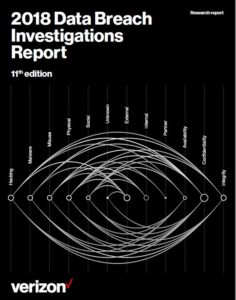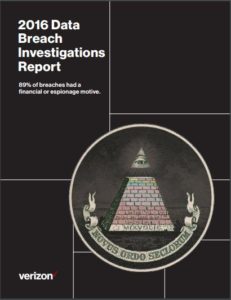I get these emails somewhat regularly, as I’m sure you do too. I usually just laugh…how stupid do you have to be to fall for this stuff??? However…I then realize there must be enough people that do fall for it, otherwise these criminals would not be sending the emails out. Ugh!!
>>>>>>>>>>>>>>>>>>>>>>>>>>>>>>>>>>>>>>>
For Your Prompt Attention:
I am Peter Douglas, United Nations Inspection Agent in Hartsfield Jackson Atlanta International Airport Atlanta GA. We are conducting second phase audition, all abandoned Consignment in USA Airports are being transferred to our facilities here for inspection and confiscation. During our investigation, I discovered an abandoned luggage on your name which was transferred to our facility here in Hartsfield Jackson Atlanta International Airport and when scanned it, it revealed an undisclosed sum of money in a Metal Trunk Box. The consignment was abandoned because the Content was not properly declared by the consignee as money, rather it was declared as personal effect to avoid diversion by the Diplomatic Agent also the Diplomat inability to pay for Non Inspection Fees.
On my assumption, the box will contain more that $6M and the consignment is left in storage house till today through a Courier Dispatch Service. The Consignment is a metal box with weight of about 162LBS (Internal dimension:
W61 x H156 x D73 (cm) Effective capacity: 680 L)Approximately.
The details of the consignment includes your name, the official document from United Nations office in London all are tagged on the Metal Trunk box.
< etc, etc >








